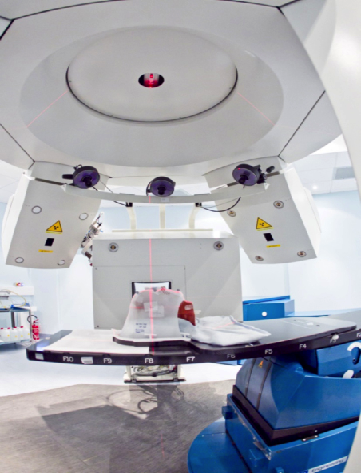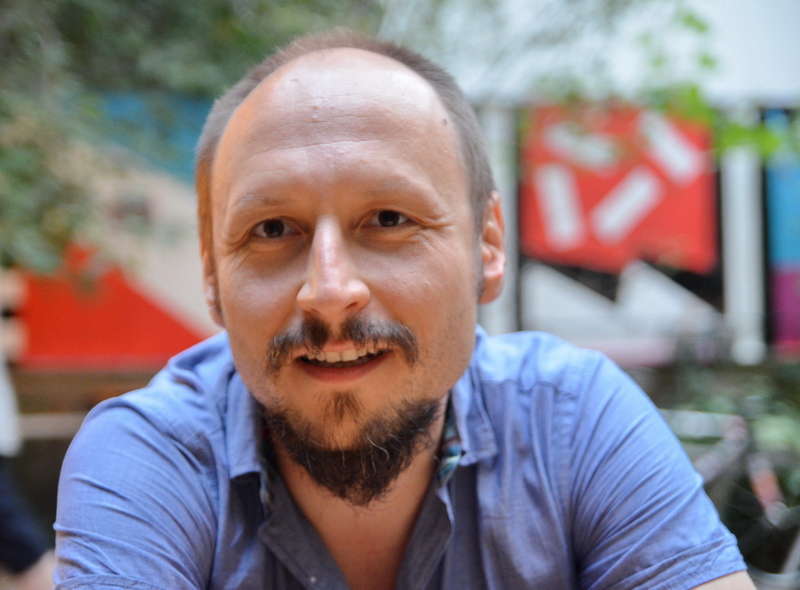Prof. Steve Myers
 Prof. Myers was born in Belfast, N. Ireland. He was responsible for the commissioning and energy upgrade of the Large Electron Positron Collider (LEP) at CERN. In 2008, he became Director of Accelerators and Technology until January 2014; during this time, he directed the repair of the LHC after the serious accident and steered the operation of the collider in 2010, 2011, and 2012. On July 4, 2012 the collider allowed the discovery of a “Higgs” boson. He is currently executive chair of a Geneva-based company (ADAM SA) which is developing a linear accelerator for proton therapy. He has received many awards; honorary doctorates from the University of Geneva and the Queen’s University of Belfast, the IOP Duddell Medal, and the 2010 International Particle Accelerator Achievement prize. In 2012 he was joint recipient of the European Physical Society “EPS Edison Volta prize”, and in June 2013 was awarded an OBE for services to science. In October 2013, he was jointly awarded the “Prince of Asturias” Prize.
Prof. Myers was born in Belfast, N. Ireland. He was responsible for the commissioning and energy upgrade of the Large Electron Positron Collider (LEP) at CERN. In 2008, he became Director of Accelerators and Technology until January 2014; during this time, he directed the repair of the LHC after the serious accident and steered the operation of the collider in 2010, 2011, and 2012. On July 4, 2012 the collider allowed the discovery of a “Higgs” boson. He is currently executive chair of a Geneva-based company (ADAM SA) which is developing a linear accelerator for proton therapy. He has received many awards; honorary doctorates from the University of Geneva and the Queen’s University of Belfast, the IOP Duddell Medal, and the 2010 International Particle Accelerator Achievement prize. In 2012 he was joint recipient of the European Physical Society “EPS Edison Volta prize”, and in June 2013 was awarded an OBE for services to science. In October 2013, he was jointly awarded the “Prince of Asturias” Prize.
Koji Noda
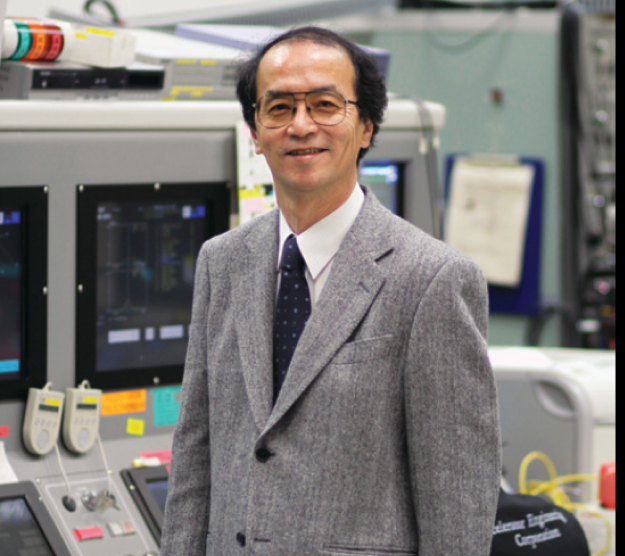 He worked for development of a PET cyclotron from 1981 to 1989, after being given the M. S. degree from Kyushu University in 1981. In 1989, he joined the HIMAC project at NIRS, and he was engaged in construction and development of the HIMAC synchrotron. He received his PhD in 1992 from Kyushu University for the study of energy-loss cooling. He had been Director of the Department of Accelerator and Medical Physics, from 2006 to 2016. He and his group have developed the HIMAC and the new treatment research project based on the fast 3D scanning technology. Currently, he is director general of NIRS.
He worked for development of a PET cyclotron from 1981 to 1989, after being given the M. S. degree from Kyushu University in 1981. In 1989, he joined the HIMAC project at NIRS, and he was engaged in construction and development of the HIMAC synchrotron. He received his PhD in 1992 from Kyushu University for the study of energy-loss cooling. He had been Director of the Department of Accelerator and Medical Physics, from 2006 to 2016. He and his group have developed the HIMAC and the new treatment research project based on the fast 3D scanning technology. Currently, he is director general of NIRS.
Bram L.T. Ramaekers
 Bram L.T. Ramaekers (1986) finished his study Medical Imaging and Radiation Therapy in 2007. In the final year of this study, he worked on a regular basis as a radiation technologist at MAASTRO clinic and finished the pre-master methodology and statistics program at Maastricht University. Afterwards he studied Public Health (specialization: Health Services Innovation) at Maastricht University. Following his graduation, he started as a PhD student at MAASTRO clinic and Maastricht University where he obtained his PhD (2013) on acknowledging patient heterogeneity in Health Technology Assessment. For this purpose he used two case studies in the field of radiotherapy, this included examining the cost-effectiveness of proton therapy for head and neck cancer. Since November 2012 Bram works as a researcher at the MUMC+ (department: KEMTA) where he is involved in multiple research projects related to Health Technology Assessment. This includes acting as a health economic lead of the Evidence Review Group for The National Institute for Health and Clinical Excellence (NICE). In addition, he is also involved in teaching and supervising master and PhD students.
Bram L.T. Ramaekers (1986) finished his study Medical Imaging and Radiation Therapy in 2007. In the final year of this study, he worked on a regular basis as a radiation technologist at MAASTRO clinic and finished the pre-master methodology and statistics program at Maastricht University. Afterwards he studied Public Health (specialization: Health Services Innovation) at Maastricht University. Following his graduation, he started as a PhD student at MAASTRO clinic and Maastricht University where he obtained his PhD (2013) on acknowledging patient heterogeneity in Health Technology Assessment. For this purpose he used two case studies in the field of radiotherapy, this included examining the cost-effectiveness of proton therapy for head and neck cancer. Since November 2012 Bram works as a researcher at the MUMC+ (department: KEMTA) where he is involved in multiple research projects related to Health Technology Assessment. This includes acting as a health economic lead of the Evidence Review Group for The National Institute for Health and Clinical Excellence (NICE). In addition, he is also involved in teaching and supervising master and PhD students.
Research interest and focus: Bram Ramaekers has extensive experience in the field of Health Technology Assessment, specifically with model-based economic evaluations and related statistical methods (e.g. evidence synthesis methods, survival analysis). His work covers several clinical areas, including Oncology and Radiotherapy.
Carlo Mancini
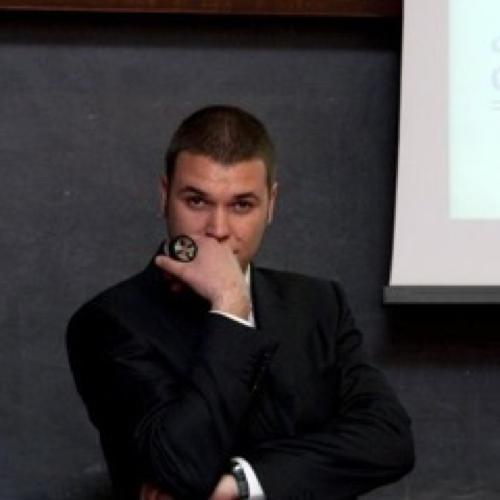 He graduated at Rome University “Sapienza" in 2011 in particle physics. He got the Ph.D in "Roma Tre” University in 2015 and worked as a Fellow at CERN within the Marie Skłodowska-Curie ITN “ENTERVISION” on the development and benchmarking of Carbon ion breakup models in the energy range relevant for hadrontherapy. He is currently working on the development of a probe to help surgeons to perform a complete tumour resection using beta minus radio tracers.
He graduated at Rome University “Sapienza" in 2011 in particle physics. He got the Ph.D in "Roma Tre” University in 2015 and worked as a Fellow at CERN within the Marie Skłodowska-Curie ITN “ENTERVISION” on the development and benchmarking of Carbon ion breakup models in the energy range relevant for hadrontherapy. He is currently working on the development of a probe to help surgeons to perform a complete tumour resection using beta minus radio tracers.
Prof. Christophe Deroose
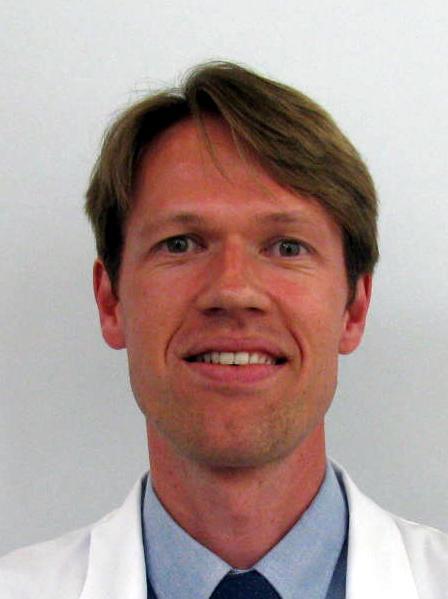 Prof. Dr. Christophe M. Deroose is currently working as a nuclear medicine physician in the University Hospitals Leuven (UZ Leuven) as deputy head of clinic and performing research at the KU Leuven as associate professor, with research focus on translational imaging in oncology. He graduated as Doctor in Medicine in 2001 at the KU Leuven (Belgium). From 2002 on he fulfilled a Ph.D. training in Medical Sciences. The first 2 years were spent in the Multimodality Gene Imaging Laboratory of Sanjiv Sam Gambhir, at the University of California, Los Angeles and at Stanford University, where he learned the principles of non-invasive reporter gene imaging. He was sponsored by a Henri-Benedictus fellowship from the Belgian American Education Foundation (BAEF). From 2004, he performed Ph.D. research in the Division of Nuclear Medicine and the Division of Molecular Medicine which allowed him to successfully defend a Ph.D. on non-invasive reporter gene imaging in small animals with positron emission tomography (PET) and bioluminescence imaging in 2007. From 2006 on he resumed his residency in nuclear medicine in the UZ Leuven which he completed in 2008.
Prof. Dr. Christophe M. Deroose is currently working as a nuclear medicine physician in the University Hospitals Leuven (UZ Leuven) as deputy head of clinic and performing research at the KU Leuven as associate professor, with research focus on translational imaging in oncology. He graduated as Doctor in Medicine in 2001 at the KU Leuven (Belgium). From 2002 on he fulfilled a Ph.D. training in Medical Sciences. The first 2 years were spent in the Multimodality Gene Imaging Laboratory of Sanjiv Sam Gambhir, at the University of California, Los Angeles and at Stanford University, where he learned the principles of non-invasive reporter gene imaging. He was sponsored by a Henri-Benedictus fellowship from the Belgian American Education Foundation (BAEF). From 2004, he performed Ph.D. research in the Division of Nuclear Medicine and the Division of Molecular Medicine which allowed him to successfully defend a Ph.D. on non-invasive reporter gene imaging in small animals with positron emission tomography (PET) and bioluminescence imaging in 2007. From 2006 on he resumed his residency in nuclear medicine in the UZ Leuven which he completed in 2008.
For his Ph.D. research, he received the awards for Top Basic Science Young Investigator from the Academy of Molecular Imaging in 2003 and the First Place Neuroscience Young Investigator Award from the Society of Nuclear Medicine in 2005. From 2008 until now he has been working as a staff member in the nuclear medicine department of the UZ Leuven where he is responsible for nuclear imaging and therapy in cancer management (pulmonary, gynaecological and digestive). He was appointed as assistant professor at the KU Leuven in 2009 and as associate professor in 2012.
Dr. David Tuch
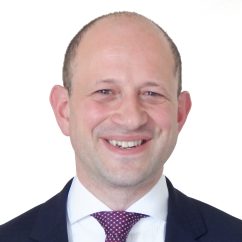 Dr. David Tuch is the Founder and CEO of Lightpoint Medical. He has more than a decade of experience in the medical imaging and pharmaceutical sectors. Previously, he was Head of Research Alliances at GE Healthcare and Head of Clinical Imaging at Novartis. Before joining industry, Dr. Tuch served on the faculty of Harvard Medical School and Massachusetts General Hospital, Department of Radiology. He is currently an Honorary Senior Lecturer in the Imperial College, Department of Bioengineering. Dr. Tuch holds a PhD from MIT and Harvard Medical School, a BA from the University of Chicago, and has completed executive education at INSEAD.
Dr. David Tuch is the Founder and CEO of Lightpoint Medical. He has more than a decade of experience in the medical imaging and pharmaceutical sectors. Previously, he was Head of Research Alliances at GE Healthcare and Head of Clinical Imaging at Novartis. Before joining industry, Dr. Tuch served on the faculty of Harvard Medical School and Massachusetts General Hospital, Department of Radiology. He is currently an Honorary Senior Lecturer in the Imperial College, Department of Bioengineering. Dr. Tuch holds a PhD from MIT and Harvard Medical School, a BA from the University of Chicago, and has completed executive education at INSEAD.
Prof. Edmond Sterpin
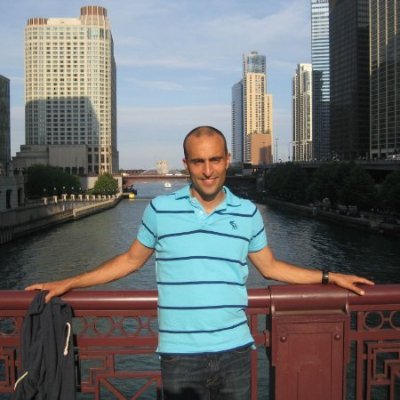 He is Assistant Professor at KU Leuven and Université Catholique de Louvain. His research focuses on treatment modelling using Monte Carlo simulation for protontherapy. Protontherapy has a huge potential that is jeopardised by the uncertainties encountered at every step of the treatment chain. By improving our understanding of these uncertainties and their integration in the treatment planning workflow, we will improve proton therapy treatments and cancer care as a whole.
He is Assistant Professor at KU Leuven and Université Catholique de Louvain. His research focuses on treatment modelling using Monte Carlo simulation for protontherapy. Protontherapy has a huge potential that is jeopardised by the uncertainties encountered at every step of the treatment chain. By improving our understanding of these uncertainties and their integration in the treatment planning workflow, we will improve proton therapy treatments and cancer care as a whole.
Fedrik Wenander
 Fredrik Wenander is an applied physicist at CERN and expert in the field of ion sources, ISOL methods and ion manipulation. He is among other things responsible for the REX-ISOLDE low-energy stage and development of high-charge ion sources. He is also the supervisor of Johanna Pitters, MEDICIS-Promed ESR-3 based at CERN.
Fredrik Wenander is an applied physicist at CERN and expert in the field of ion sources, ISOL methods and ion manipulation. He is among other things responsible for the REX-ISOLDE low-energy stage and development of high-charge ion sources. He is also the supervisor of Johanna Pitters, MEDICIS-Promed ESR-3 based at CERN.
Prof. Ferid Haddad
Prof. Férid HADDAD is  Director (CEO) at Arronax GIP and Professor at the Université de Nantes. He is teaching at the Université de Nantes at all level of the LMD: License radiation safety, Master of electronics and Master of physics, école doctorale 3MPL. He is as well researcher at the SUBATECH Laboratory in Nantes. His research activities concern radionuclide production for medical applications and experiments on living and inert matter under irradiation. They are mainly using beams available at the Arronax facility.
Director (CEO) at Arronax GIP and Professor at the Université de Nantes. He is teaching at the Université de Nantes at all level of the LMD: License radiation safety, Master of electronics and Master of physics, école doctorale 3MPL. He is as well researcher at the SUBATECH Laboratory in Nantes. His research activities concern radionuclide production for medical applications and experiments on living and inert matter under irradiation. They are mainly using beams available at the Arronax facility.
George Dedes

George Dedes is a staff scientist of the Department of Medical Physics (LS Parodi), in the Ludwig-Maximilians University of Munich. He graduated in 2004 from the Physics Faculty of the Aristotle University of Thessaloniki in Greece, with a specialization in Particle and Nuclear Physics. From 2004 to 2008 he performed his doctoral studies at the Max-Planck Institute for Physics in Munich and at the Technical University of Munich. The topic of his dissertation was the study of the potential for the discovery of a supersymmetric Higgs particle, using the ATLAS experiment of the LHC accelerator at CERN. From 2010 to 2013, he worked for the Nuclear Physics Institute of Lyon (IPNL) and the CREATIS Medical Imaging Research Centre of the University of Lyon, on the topics of prompt gamma modelling in Geant4, prompt gamma range monitoring for particle therapy and proton computed tomography. Since 2013, he works on several computational aspects of particle therapy, such as prompt gamma particle range monitoring, proton imaging, Monte Carlo treatment planning for proton therapy and laser ion acceleration.
Dr. Johannesma Madelon

Dr. Madelon JOHANNESMA holds a MSc in Health Science and Epidemiology and a PhD in Health, Medicine and Life Sciences. She worked for several years as researcher at MAASTRO clinic where she was involved in many clinical studies and lead projects on cost-effectiveness of particle therapy. She left Maastro clinic in 2011 but is still affiliated as advisor in some research projects. She is a member of the Cochrane Lung cancer group and participated in a project under auspices of the Central Cochrane Network on clinical and cost effectiveness of hadron therapy in cancer. She also was a member of WP-6 of ENLIGHT on health economic aspects. She is co-writer of the Health Economic Corner of the ESTRO newsletter. Currently she is working at a Dutch health insurance company as program manager on health care innovation. In that aspect is health economics of utmost importance, for all kind of diseases.
Liviu Penescu
After a PhD in the technology of Radioactive Ion Beam production at CERN-ISOLDE, Liviu Penescu contributed to the MedAustron Particle Therapy Accelerator, from the design phase to the start of patient treatment, thus achieving particular expertise in ion sources, accelerator commissioning and quality assurance of complex systems.Following a constant interest in reliable performance, efficiency, accurate modeling and knowledge transfer, he founded in 2017 the consultancy company Abstract Landscapes, providing solutions to improve the usability of the scientific knowledge, for reliable and efficient application by experts, decision makers and public.
Angelica Facoetti
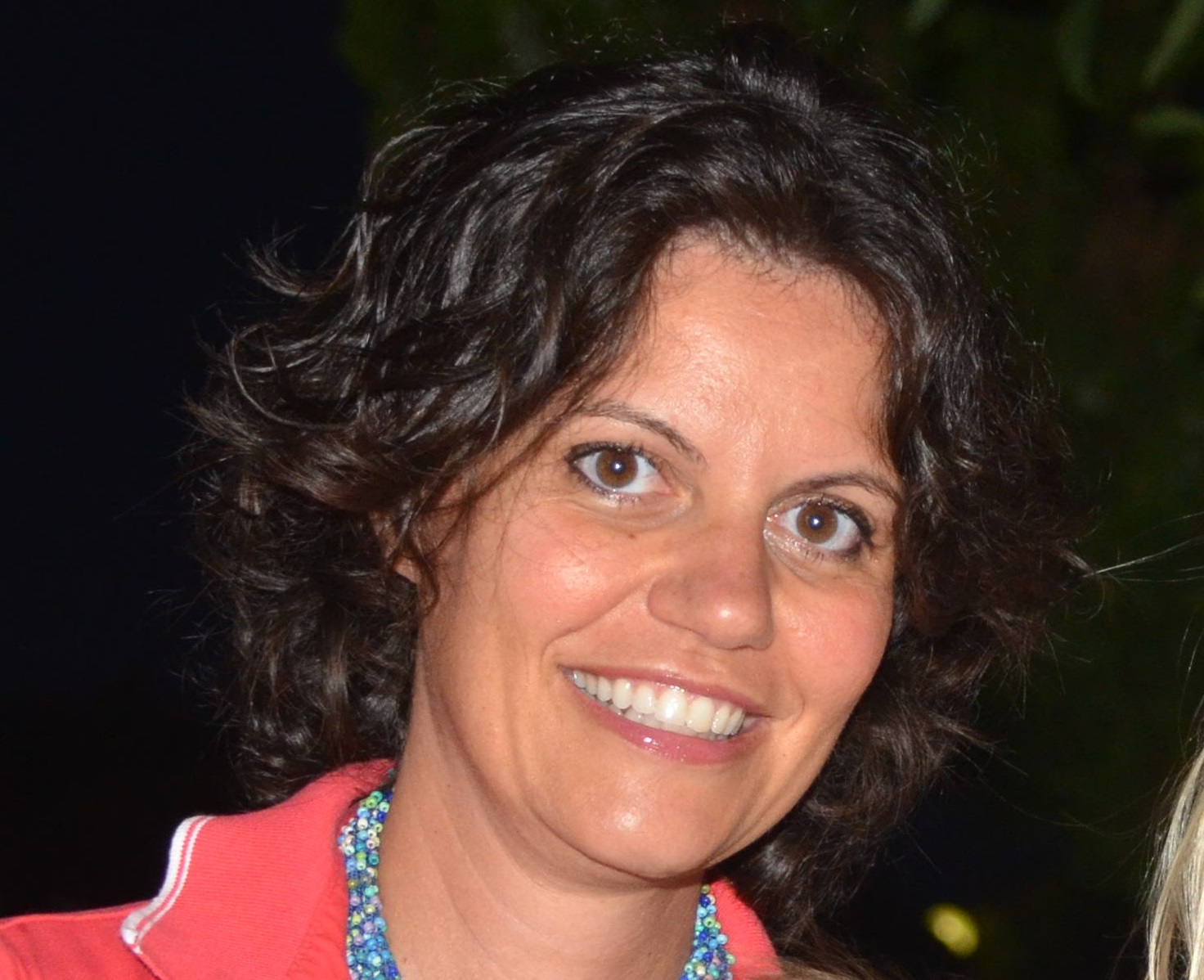 Angelica Facoetti is full time radiobiologist at the National Centre of Oncological Hadrontherapy (CNAO) in Pavia. She graduated in Biology from the University of Pavia (1999) where she also received a Ph.D. degree in Cellular Biology and continued her research activity as post Ph.D. In 2005 she was appointed, firstly as post-doctoral follower, and then as a full time researcher (until the end of 2010), by the Nuclear Physics Dept of the University of Pavia to carry out experimental research for the study of the effects of gamma and charged particles radiations on biological structures, in collaboration with the Biology Dept. She successfully applied for the 2005/2006 European Master Course of Radiation Biology (UCL, London) finalizing her viva examination discussing a thesis on the role of cytokines and cytokine receptors on the response of Glioblastoma cells to ionizing radiations. Subsequently her research efforts have been addressed to the study of the effects of different qualities of ionizing radiations at molecular, cellular and tissue level. She was in charge of the experimental activities of several national and international projects (3 founded by the National Institute of Nuclear Physics and 3 founded by EU, FP6 and 7) addressing the study of the molecular and cellular mechanisms of radiation effects on normal and tumor cells.Since 2010 Dr. Facoetti have had the opportunity of establishing the radiobiology research activities at CNAO foundation, the first Centre for hadrontherapy in Italy and the second in Europe. Her research has resulted in 43 peer-reviewed publications, mainly addressed to the study of ionizing radiations effects.
Angelica Facoetti is full time radiobiologist at the National Centre of Oncological Hadrontherapy (CNAO) in Pavia. She graduated in Biology from the University of Pavia (1999) where she also received a Ph.D. degree in Cellular Biology and continued her research activity as post Ph.D. In 2005 she was appointed, firstly as post-doctoral follower, and then as a full time researcher (until the end of 2010), by the Nuclear Physics Dept of the University of Pavia to carry out experimental research for the study of the effects of gamma and charged particles radiations on biological structures, in collaboration with the Biology Dept. She successfully applied for the 2005/2006 European Master Course of Radiation Biology (UCL, London) finalizing her viva examination discussing a thesis on the role of cytokines and cytokine receptors on the response of Glioblastoma cells to ionizing radiations. Subsequently her research efforts have been addressed to the study of the effects of different qualities of ionizing radiations at molecular, cellular and tissue level. She was in charge of the experimental activities of several national and international projects (3 founded by the National Institute of Nuclear Physics and 3 founded by EU, FP6 and 7) addressing the study of the molecular and cellular mechanisms of radiation effects on normal and tumor cells.Since 2010 Dr. Facoetti have had the opportunity of establishing the radiobiology research activities at CNAO foundation, the first Centre for hadrontherapy in Italy and the second in Europe. Her research has resulted in 43 peer-reviewed publications, mainly addressed to the study of ionizing radiations effects.
